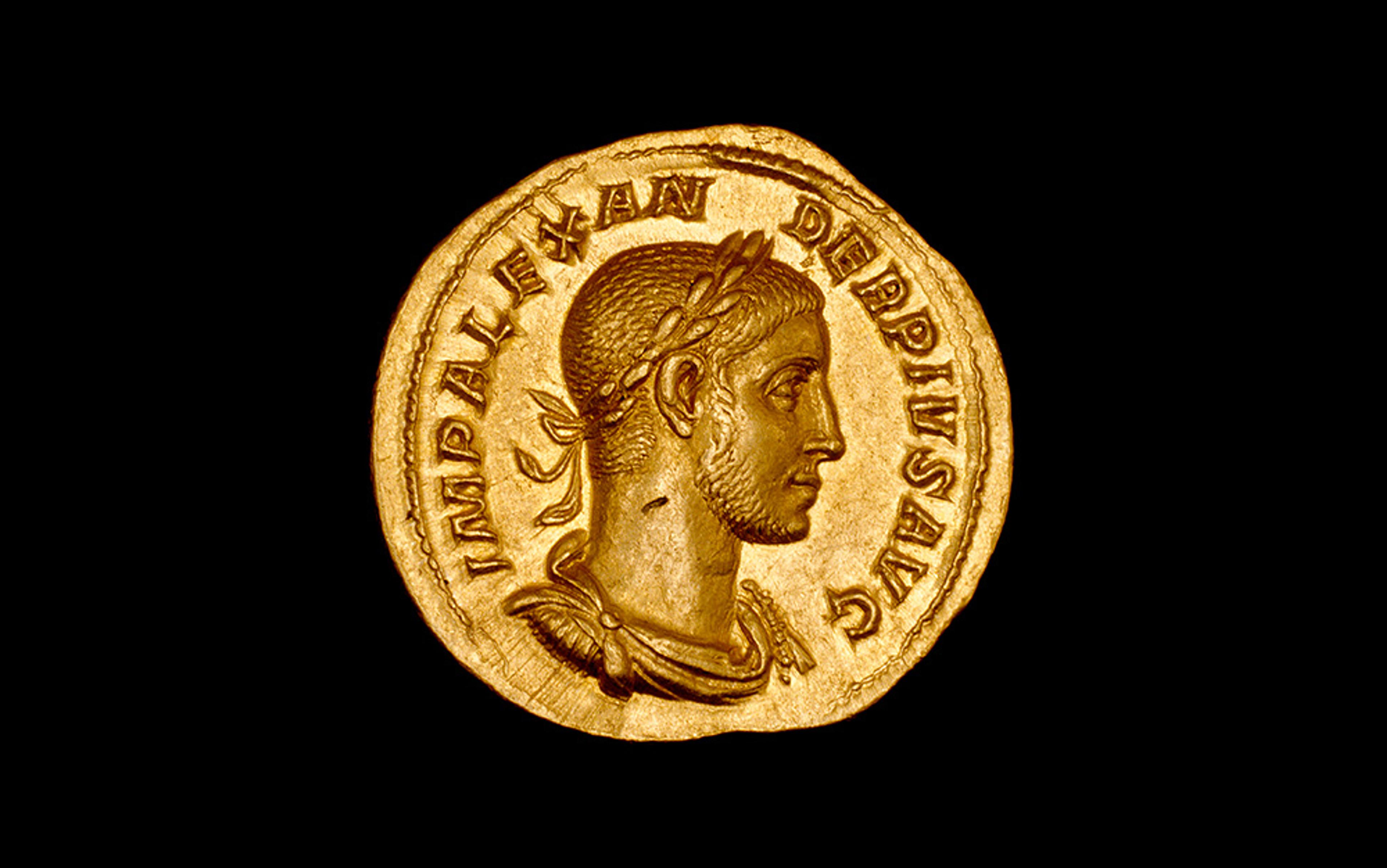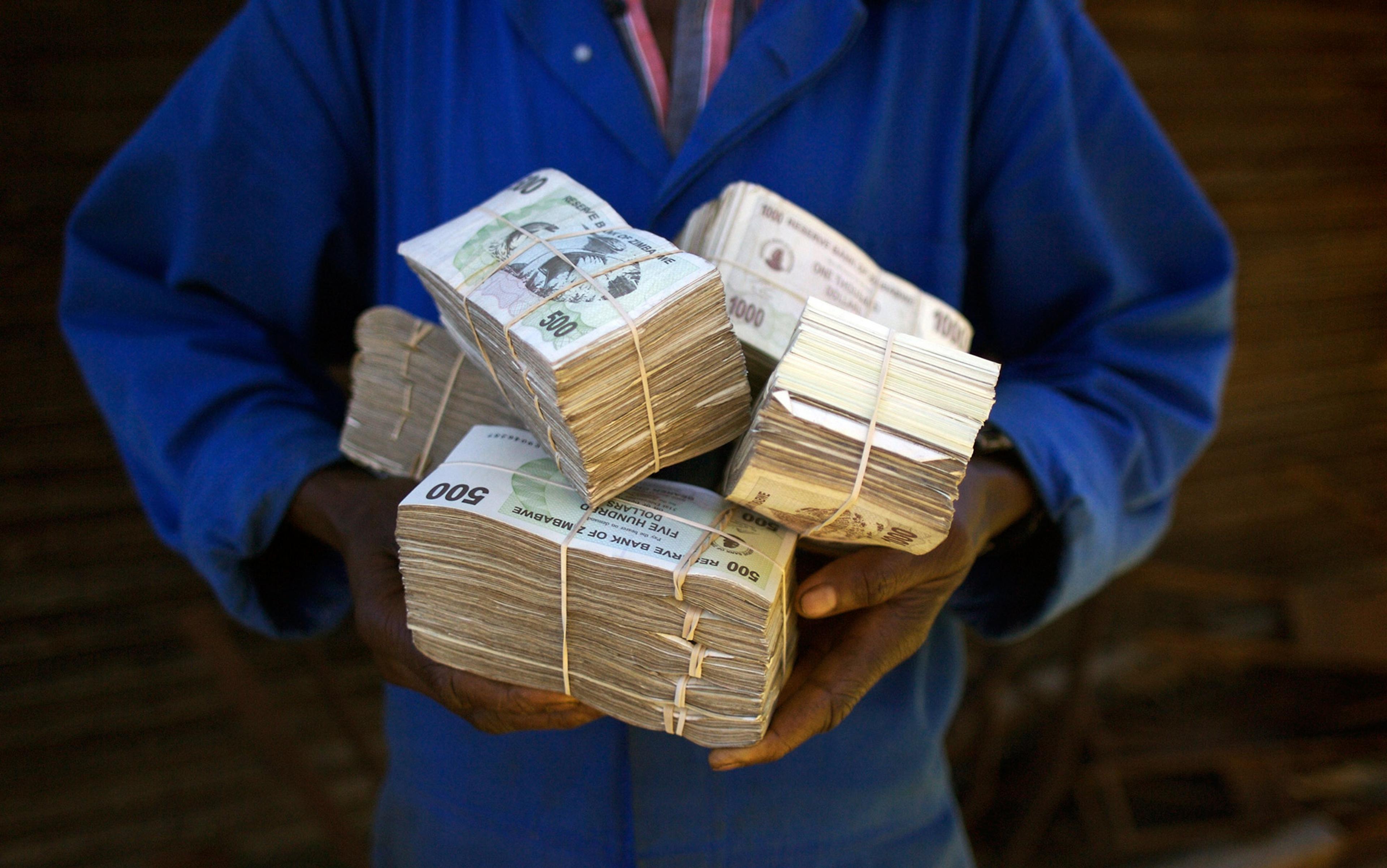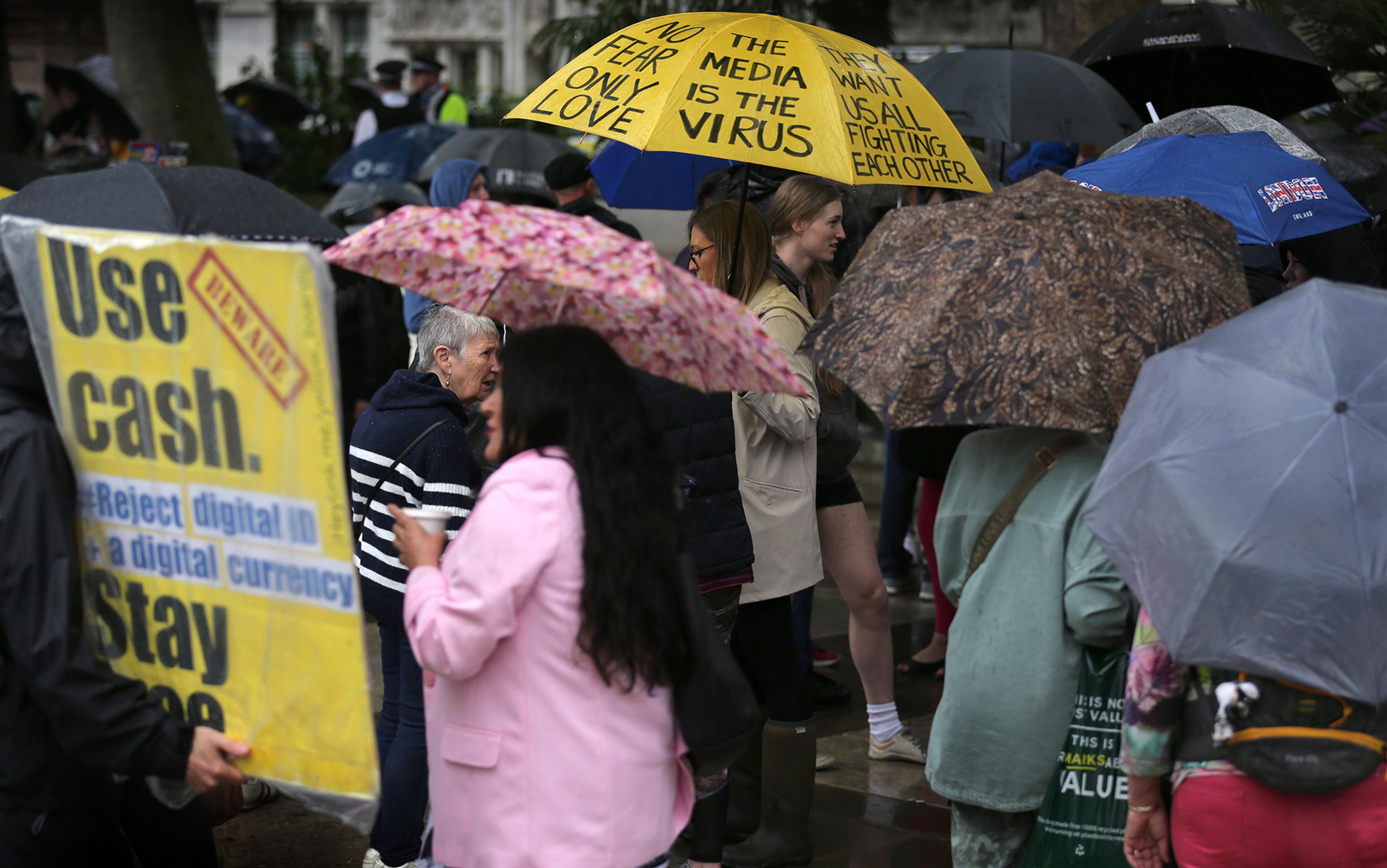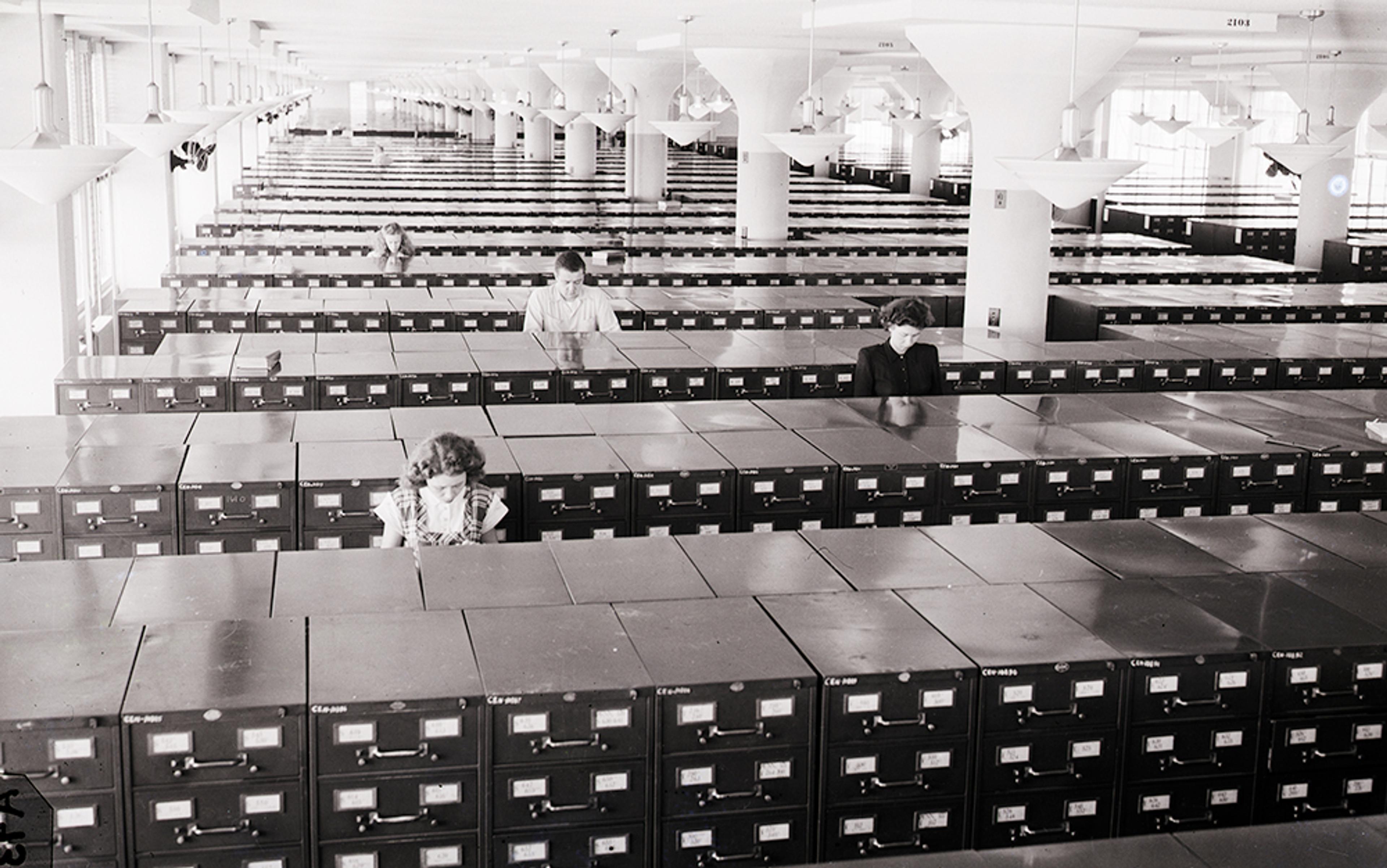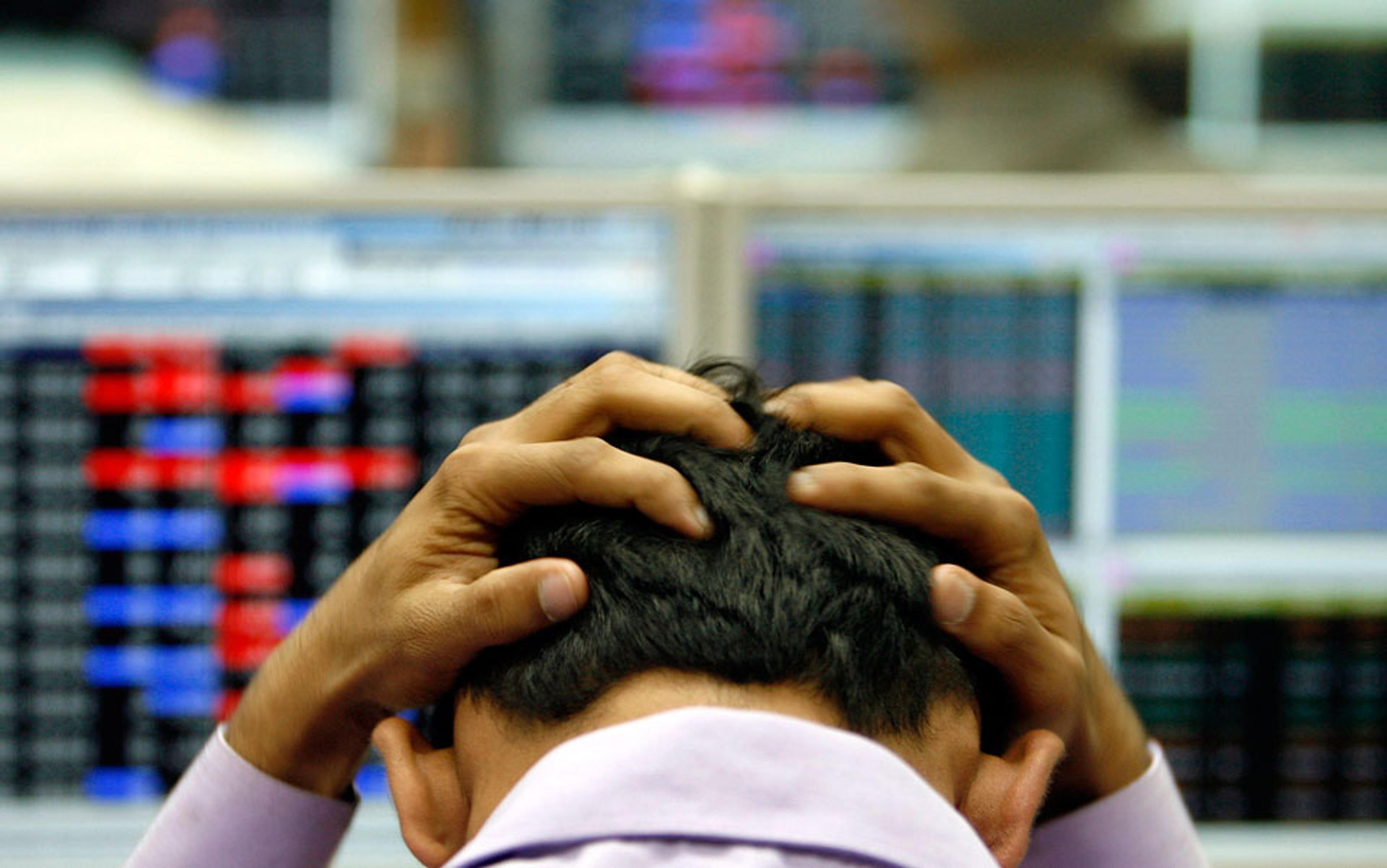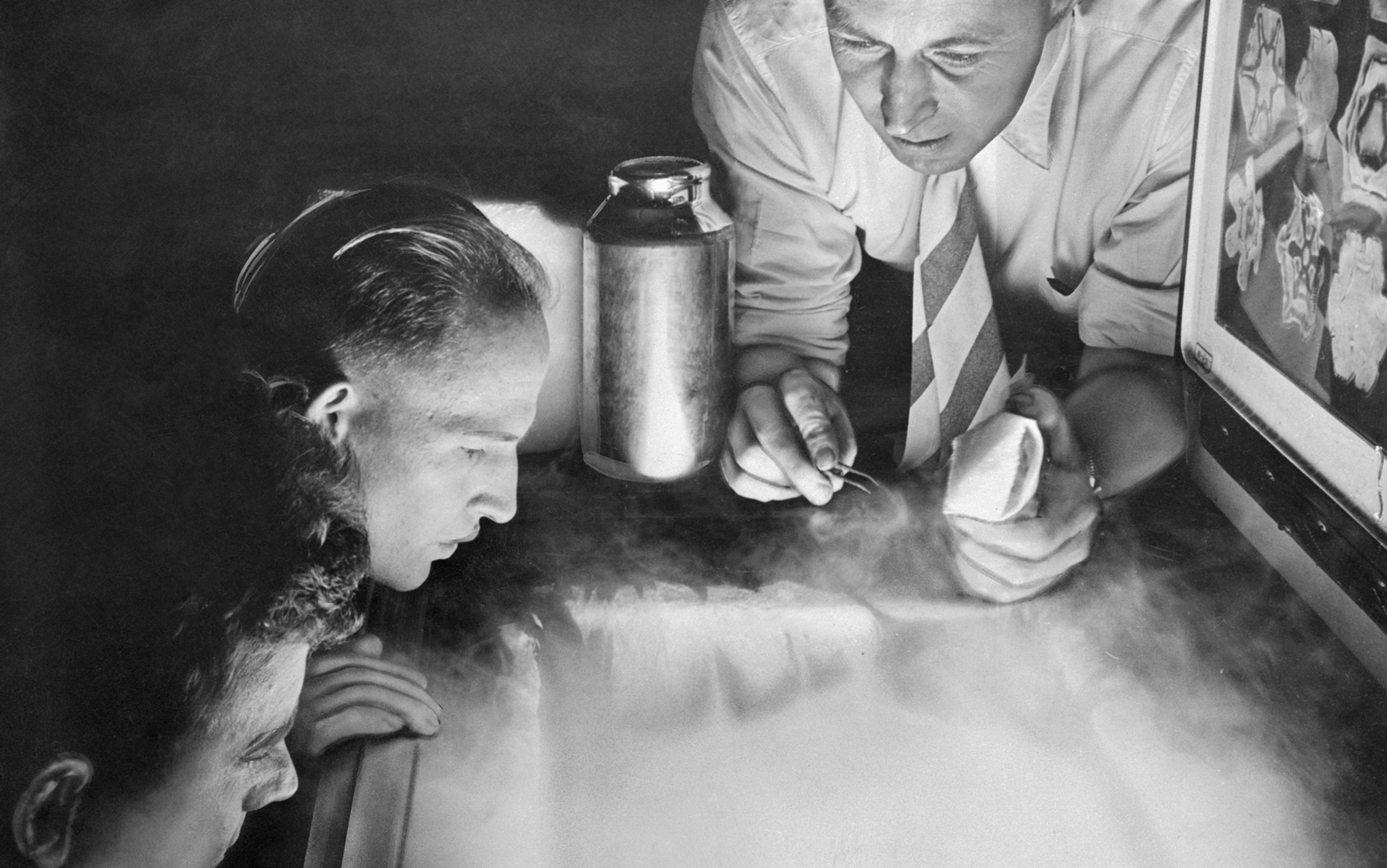From ApplePay to Bitcoin or Kenya’s famous M-Pesa mobile money system, digital payment systems are proliferating at a pace never before seen. People are predicting the end of cash and coin. And many promoters and start-ups in payments pitch their service as the next stage – even the final pinnacle! – in the evolution of money. Advertisements for mobile phone-based payment systems sometimes exploit this. PayPal’s iPhone application, which can allow users to send small amounts of money to each other just by tapping their phones together, was released with an advertising campaign that explicitly drew upon this evolutionary story. The ad included mock cave drawings, hieroglyphics and even a narrator speaking in tones familiar to many people as those of a natural history documentary. The narrator identified the two characters in the ad as ‘specimens’, again invoking the familiar terms of popular natural history. Similarly, the mobile phone provider Zain advertised its mobile money service, Zain Zap, with images of ‘ancient’ systems of barter and money, before bringing the story up to the present or near-future with the advent of its mobile service.
The evolutionary narrative is important not just because it has a starring role in advertisements. It is also important because it structures people’s understandings of what money was, is, and thus what money – and mobile money – can become. And if we think money really did go through this evolutionary process, from barter to shells, coins, paper, plastic and electrons, we risk making several related assumptions.
There is a common story about what money is, which is based on a common story about how money came to be. In the beginning, people lived in small communities of blood relatives and fended for themselves. They hunted and gathered for their subsistence, and learned how to weed out undesirable plants so that they would have easy access to plants that produce food. As people became more adept at cultivation, populations grew. And people found that they could not always grow or procure from nature the things they needed in order to survive. Trade was born.
People in different communities had surpluses of different goods. They traded these goods with one another. They established value and conducted their trade by bartering a certain quantity of one good for a quantity of a different good. As everyone who has heard the story knows, the problem that quickly beset our primordial trader was that, more often than not, he could not find someone willing to accept his goods in return for what he needed (nota bene: this proto-trader in the evolutionary narrative is always male). This is the problem of the ‘double coincidence of wants’. In addition, his needs grew beyond the things his neighbours produced. And lugging around his own goods in sufficient quantities to trade became burdensome and impractical. Furthermore, stockpiling his surplus might have worked up to a point, but once the mice and the weather got at it, it quickly became worthless.
What to do? Invent money! Here is where the story diverges, however.
In some accounts, people decided to use a thing of value to them, and intrinsically recognisable as valuable to others, for money. It would initially serve as a means of exchange, and would gradually take on other classic functions of money as people expanded their use of it to include the payment of fines, tribute or fees (as in ancient administrative states, tribute-based empires or the tax collectors of the Old Testament). Certain kinds of shells were good: they were pretty, of uniform size and shape, easily transportable, and durable. Precious metals were even better: they were universally valued; they did not rot, rust or degrade; and they were easy to store and to transport.
Other accounts consider implausible the idea that certain things are of intrinsic value. The Enlightenment political philosopher John Locke, while noting the virtues of precious metals for serving as money, also recognised that the selection of gold and silver for this purpose was the product not of the metals’ intrinsic worth but rather of human convention. Herein lays an important problem in the history of money: is it a commodity in itself, or a token of an existing agreement, an agreement in turn resting on a prior social relationship?
How one settles this divergence in the historical just-so story of money colours the rest of the tale. In one version, from using shells, precious metals or other objects desired for their durability, rarity and beauty, people began to use tokens representing those metals. Shells, coins, marks on clay or paper, paper notes, plastic cards, electronic data proceed one after the other in a story of the gradual abstraction of money from its origin in, and foundation upon, universally valued commodities. Only with the end of the gold standard does money cease to represent real value. Untethered from real value, money became something able to be manipulated by political interests and was thus corrupted, never again to be true. Hence, the periodic call from some political quarters for the past 150 years for the restoration of the gold standard and of supposedly ‘real’ money.
In the other version of the story, however, money was only ever a representation of a relationship. The evolution of money, once it had been invented, is more properly understood as the shift over time in the use of different tally marks or tokens to represent that relationship. The objects mustered in procession in this history of money are the same as in the other version of history: shells, coins, paper, plastic, electronic data. Less frequently remembered are the clay tablets containing transaction records in cuneiform, the ancient accounting books of Mesopotamia, or the tally sticks with notches recording exchanges and payments in medieval Europe.
These evolutionary stories can lead us to some faulty assumptions. First, we might assume that each new form of money has replaced the last. Yet all we have to do is look in our own wallets and purses to see that multiple ‘stages’ of money coexist in our own monetary ecology. We have coins, paper and plastic. Plastic did not replace paper. Many of us also barter. And many of us mark certain kinds of monetary transactions with specific forms of money. Second, we might assume that each new form of money is more efficient than those that preceded it. More efficient means better, means more progress. For economists, it means cheaper.
But are new forms of money really more efficient? They often come at a price, after all. What does efficiency mean? Efficient for what purposes, and when? Credit cards are extremely convenient, fast and easy to use, until you are stuck in a place that accepts only cash, or the taxi driver’s point-of-sale terminal is broken and he forgot to bring along the old carbon-copy credit card forms. For merchants, there is a cost to the efficiency of credit cards, too, in the interchange and other fees the merchant has to pay on every card-based transaction.
The joke in end-of- the-world movies has the survivors playing Monopoly with ‘real’ US dollars. But paper currencies were not worthless originally
Efficiency can mean speed. But there are many times when we want to slow down transactions: to have a cooling-off period before we make a hasty purchasing decision; to savor the act of gift-giving and gift-receiving. From giving silver dollars to reward a child, to sending a check in a card, or converting credit or cash into a gift card for use at a particular store, we frequently use other forms of money to mark the special quality of a gift by making gifted money less convertible, less liquid and less efficient. Third, and most important, if we buy into the evolutionary story, we might lose sight of the infrastructures that support each new form of money, not to mention the infrastructures that allow the different forms to be converted into one another. We might start thinking, for example, that currencies in online virtual worlds such as World of Warcraft have been created out of thin air.
We are tapping into an important insight in this thought, but we’re not getting it quite right. It is not that money can come into being sui generis, by ‘fiat’, as the phrase goes. Rather, it comes into being by convention, agreement, and a set of relationships and obligations among people inside complex organisations such as states.
Because we are not accustomed to seeing these conventions or relationships the way we see objects such as paper bills or images on the screen, we overlook them. It is not that money is ‘just’ a relationship: all that we are, as social beings, is ‘just relationships’. These relationships include our moneys. These relationships also include all of the technological, legal, regulatory, organisational and communicative apparatuses that make money, and that make it work, in its various forms. An often-used joke in end-of- the-world movies has the surviving characters playing Monopoly or poker with ‘real’ US dollars. The joke is that, after the destruction of governments and infrastructures that breathed value into dollars, paper currencies are revealed for how worthless they always really were. But they were not worthless originally. They might have been paper; but those pieces of paper indexed a vast and powerful apparatus for creating, assigning, managing and distributing the collective wealth.
Some of that apparatus or infrastructure is more visible than others. We don’t easily see the regulatory frameworks that ensure that our money will be accepted by a merchant, that our payment card will be charged the proper amount and without any hidden fees at the point-of-sale, that we have redress in case of a bank error.
We do see some of the technological infrastructures in the form factors of our payment systems: coins and paper, plastic cards with magnetic strips, radio-frequency identification (rfid) or near-field communication (nfc) chips that enable tap-and-go services. In the global North, mobile money systems generally take advantage of rfid or nfc chips. Transit systems already use them, people are familiar with the tap-and-go concept, and embedding or overlaying a chip onto a mobile phone is relatively easy. There is a great deal of excitement in industry quarters about nfc-enabled smartphones. The card breaches of 2013-14 led many in the industry to predict big changes in how people pay for things in the US. Chip-based cards, such as those used in Europe, are becoming the new standard – but not without some frictions, as the technology is unfamiliar to most US consumers and tellers.
In the developing world, mobile money services rely on some of the technological infrastructure of the mobile phone and the mobile network that are not immediately apparent to people in the developed world. Many rely on programs written on the subscriber identity module (sim) card inside the phone. Short message service (sms) is familiar because of text messaging, but can be harnessed for money services, as well. Unstructured supplementary service data (ussd) is a protocol like sms that can be used on almost all mobile phones regardless of manufacturer or network operator and it, too, is being harnessed for mobile money services. It requires the user to initiate a session with a special code. Once the session is established, the user’s phone remains connected in a secure channel to the server until the user logs out. Services such as sim, sms and ussd can run on low-end phones, which are still the great majority of phones on the planet. Sales of smartphones exceeded feature phones globally for the first time in 2013. But feature phones for mobile money have some important benefits. For one thing, their sms and ussd mobile money applications have the potential to be both device and carrier-independent.
This means that you could send money from any phone on any mobile service to any other phone on any other service – if the service is set up that way. Some mobile operators, seeking to build their customer base through mobile money, have resisted doing so.
How easy would it be to create a new form of money, by fiat, just like the state has done? Some of the people working to develop new forms of electronic and mobile money dream of ‘disintermediating’ banks and creating privatised, non-state currencies.
But the reality at the moment is that most electronic and mobile money systems depend on a prior existing bank account, whether the client’s own, or the mobile money service’s.
That doesn’t mean it’s impossible. Alternative and complementary currency proponents have succeeded, on a small scale, in creating local moneys that circulate in small, geographically bounded regions, alongside state currencies. Yet even these financial innovators have found that there is more to creating money than just running a printing press or a chip shop. So, while the evolutionary story of money makes for good marketing, and allows service providers to make the case that they are offering the latest evolutionary stage in money, the picture is more complex.
For case studies I explore at greater length in How Would You Like To Pay? (2015), I met people who live in different money worlds and use multiple forms of currency at the same time. This includes barter, which still exists, even in the developed world. The peer-to-peer economy represented by platforms from Craigslist to Airbnb (though not without controversy) seems to be leveraging the same kinds of relationship networks as do barter or complementary currency experiments such as local exchange and trading systems (lets) – albeit with a centralised, corporate ledger garnering huge infusions of venture capital for their founders.
The evolutionary story usually benefits certain players – particularly those who want to dominate the money landscape, and perhaps even wrest it from the control of the banks, to say nothing of the banking regulators. Money for these people is just another consumer good, and the industry players who use the evolutionary story want to dominate the market for this good.
Money is a special good, however. It can’t work without the technological and regulatory infrastructures enabling it. The evolutionary story leaves out the regulatory and consumer protection architectures that are necessary to make any new money and payment systems function. The state will enforce the payment of a debt in its money – but you are largely on your own if you want help enforcing a debt in your own private token or, at least, having it treated as a real debt. The state will also usually accept only its own money for the payment of public debts: taxes, fees, tolls and fines. Here we see clearly money in its means-of-payment aspect, indicating the state’s power to create money, trumping its means-of-exchange aspect, and the market’s power to set prices.
The evolutionary story also leaves out the fact that people do all sorts of things with money besides earn it, pay with it and save it, let alone that people are already doing all sorts of things with the ‘latest’ stage in the evolution of money – the mobile phone. Money – and mobiles – are very special items in that they both express relationships and, in a very real way, are relationships. This is what we miss in the evolutionary story, and this is where the action really is in innovations for how we pay. Imagining new moneys, and new payments, is thus simultaneously a reimagination of our relationships with each other. So: how would we like to pay?
